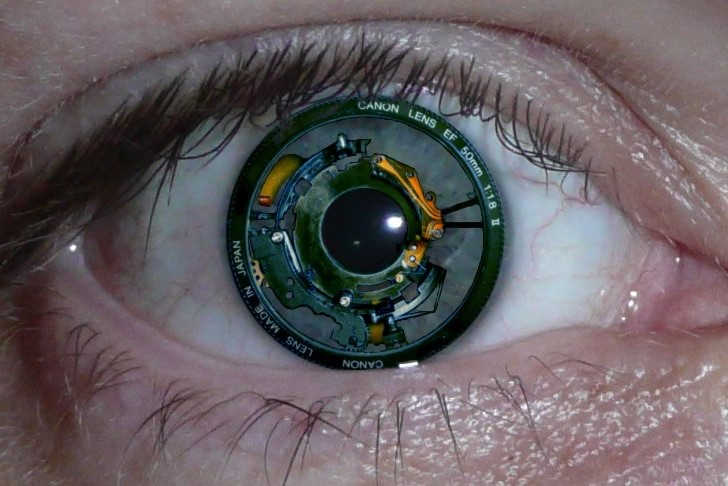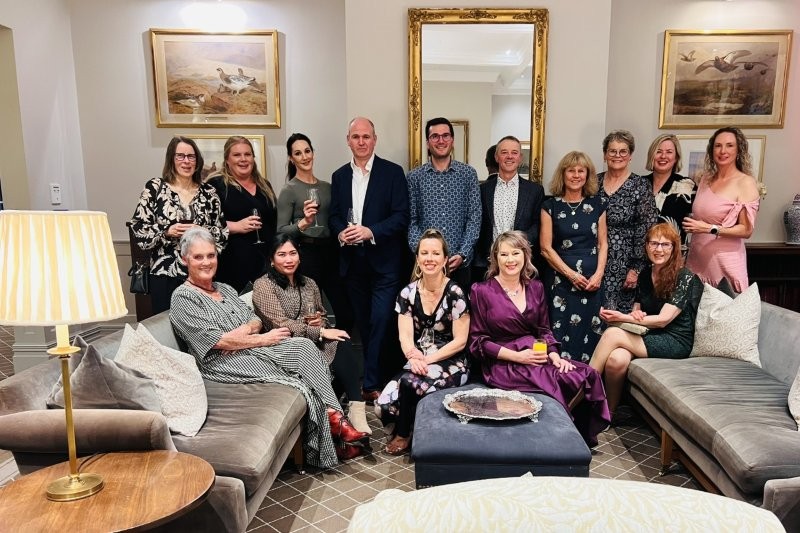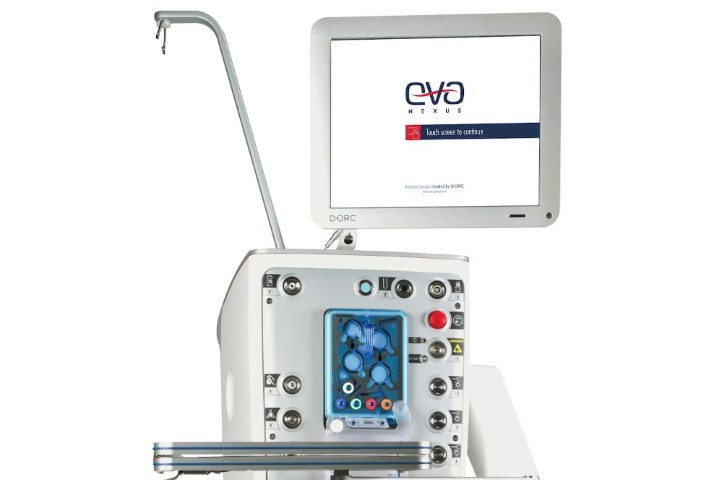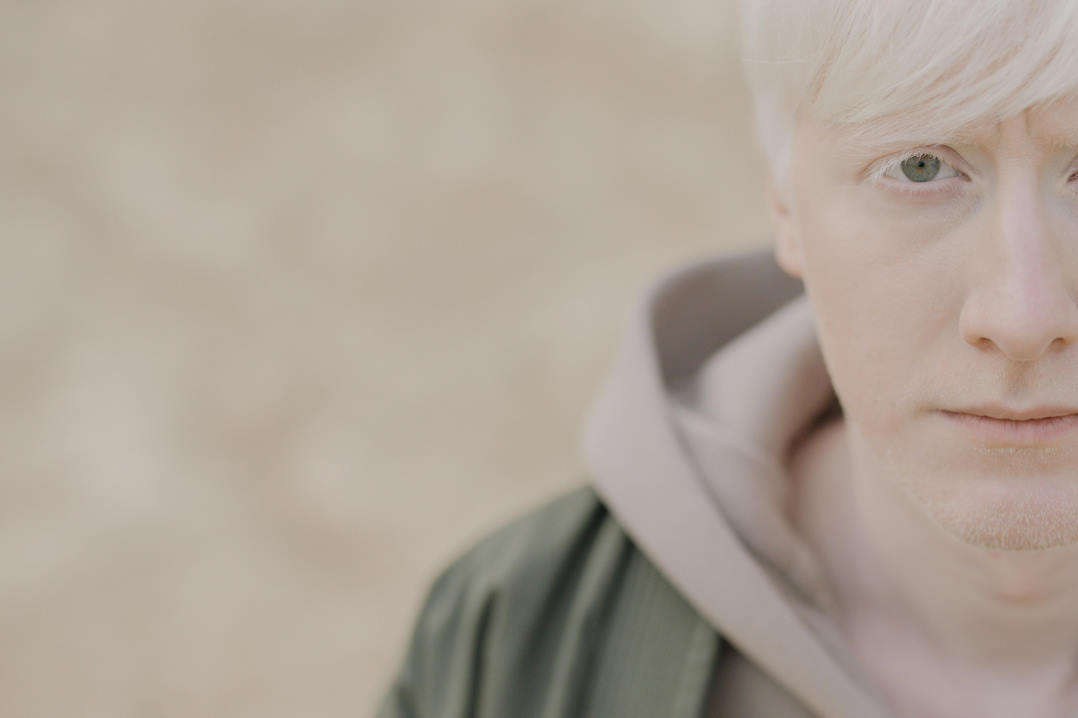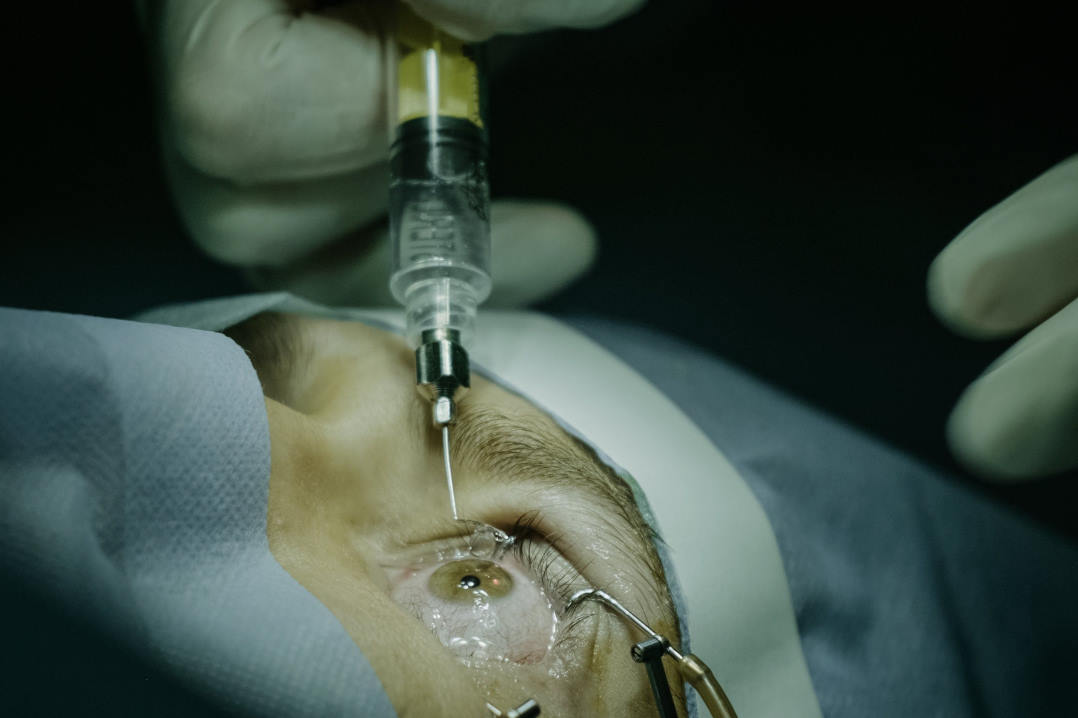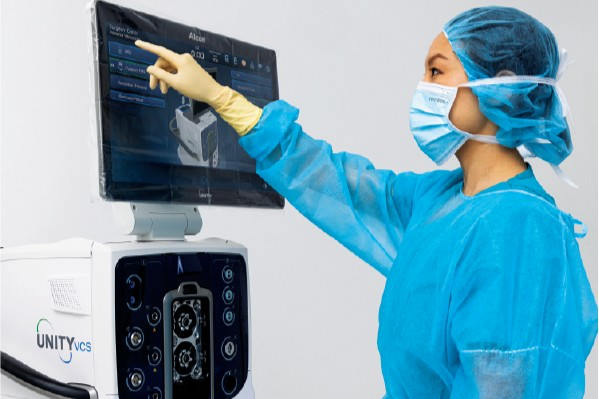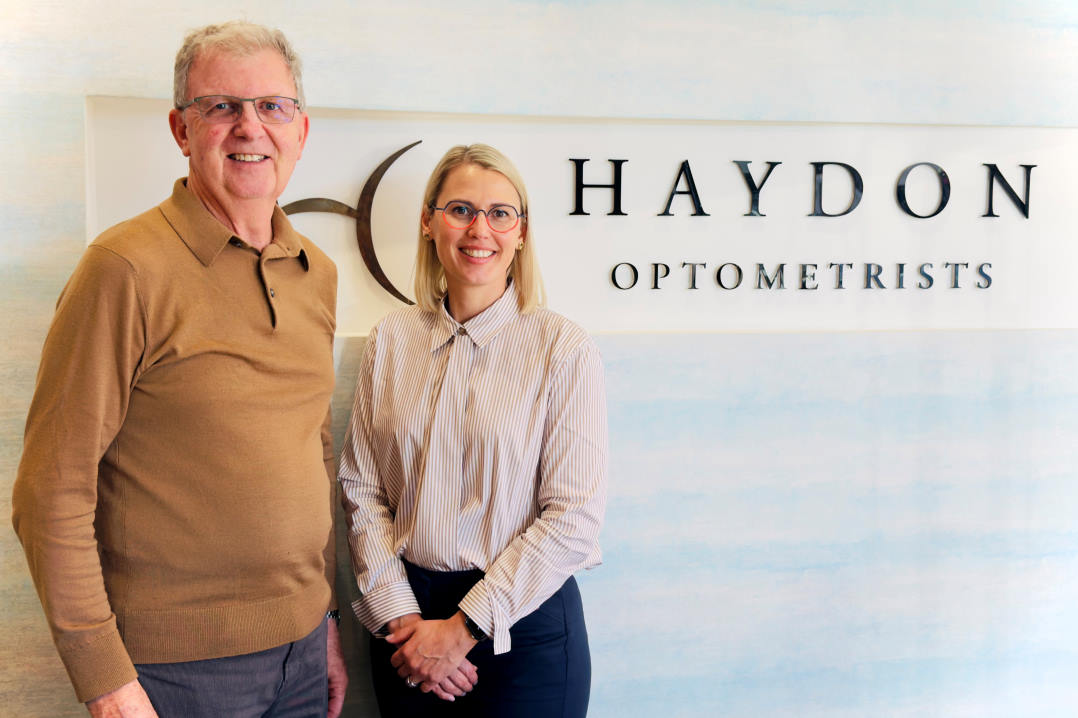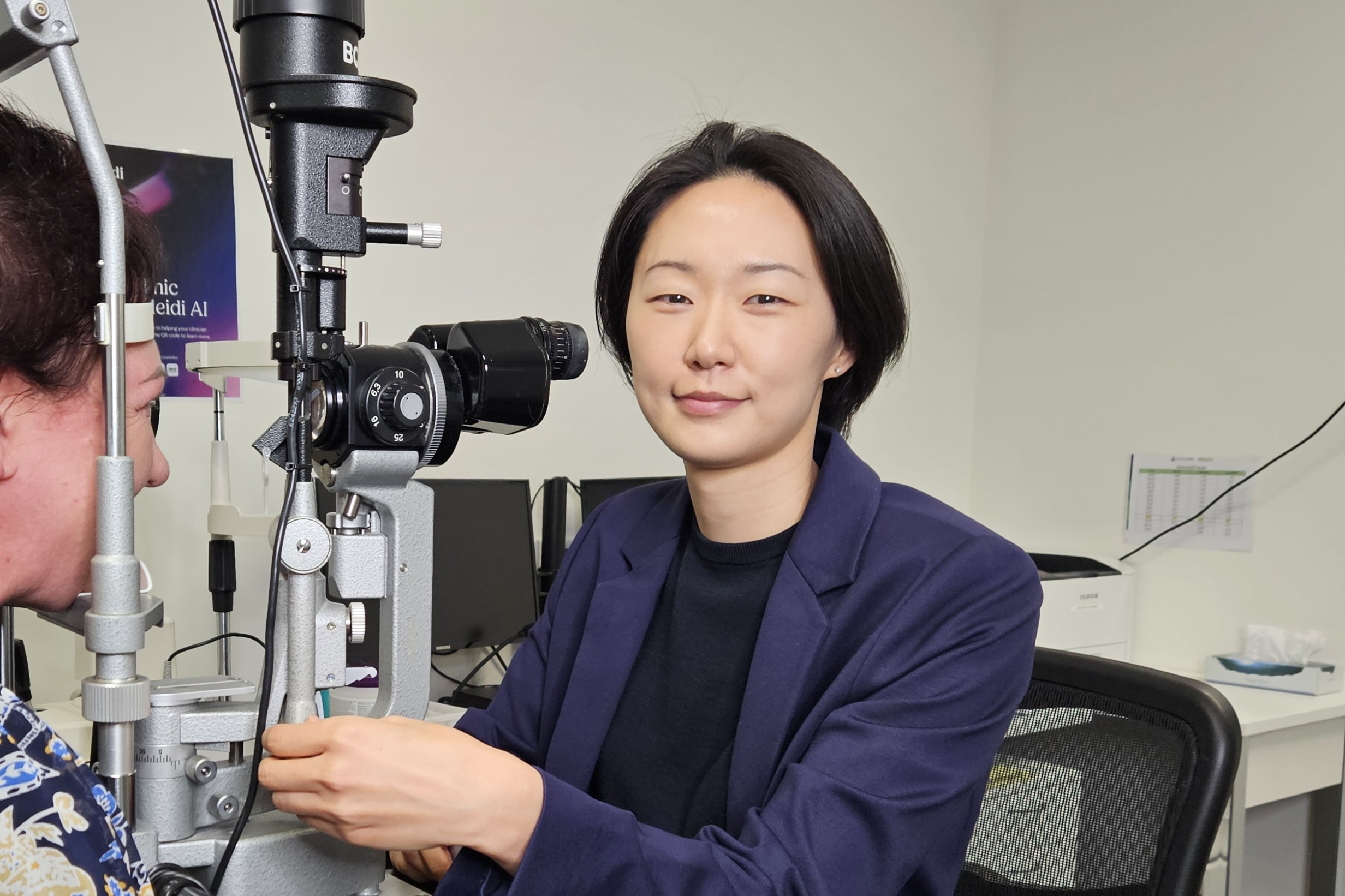The eyes have IT
A review of emerging contact lens (CL) technologies by the University of Waterloo, Canada, has highlighted several innovative concepts spanning treatment, diagnostics, monitoring and drug delivery systems.
“Contact lenses in the future will likely have functions other than correction of refractive error,” wrote the research team, led by Professor Lyndon Jones from the Centre for Ocular Research & Education (CORE) in BCLA’s journal Contact Lens and Anterior Eye. “Lenses designed to control the development of myopia are already commercially available… advancements in nanotechnology will open up further opportunities for unique uses of contact lenses.”

Prof Lyndon Jones
While issues of data processing, power source and patient comfort of a tech-packed CL are among the principal hurdles for developers, some CL technology will rely heavily on the wearer’s smartphone to process and record data.
Reducing the pressure on ECPs
Across the many examples of potential applications discussed, the authors noted that the most obvious advantage to using tech-loaded CLs over traditional clinic-based assessment is the ability to monitor patients constantly and frequently, even while they are asleep. For example, current methods for measuring intraocular pressures (IOP) are suboptimal, especially as nocturnal pressure spikes are not captured with conventional tonometry, which could directly impact glaucoma progression.
The Sensimed Triggerfish contact lens sensor, however, records IOP measurements for 30-second periods every five minutes during wear, providing 288 datapoints over 24 hours. However, the current device is principally driven by a bulky microprocessor and strain-gauge assembly, which results in the device being much thicker than a typical contact lens.
Early cancer diagnosis?
In the cancer field, the authors discussed CLs with electronic biosensors sensitive to the lacryglobin protein, present in the tear film of patients with colon, lung, breast and prostate cancer, which could result in far earlier diagnoses and improved monitoring, and gauge susceptibility to a range of cancers.
Monitoring, relief from DED
Other CLs noted include a new prototype contact lens which can evaluate tear osmolarity, tear evaporation rate and ocular surface temperature, which could help in the battle against dry eye disease (DED). However, it requires external power and the integration of complex electronics within the lens.
A novel approach to avoiding ocular surface desiccation uses an ionic CL material that compensates for evaporation and maintains post-lens tear film thickness by driving fluid flow through the lens material. Alternatively, a graphene layer possessing antimicrobial properties has also been proposed to act as a barrier to water loss from CL material, reported researchers.
Other highlights in this growing area, included actively wetting CLs, rather ones that just prevent water loss. A recent patent based on Allergan’s TrueTear – which delivers an intranasal electrical tearing stimulus – details the incorporation of a high-tech chip on a CL to stimulate the cornea, conjunctiva and/or sub-conjunctiva, increasing tear production. A soft CL incorporating ceria nanoparticles has recently been described as exhibiting good transparency, biocompatibility and effective extracellular reactive oxygen species-scavenging properties, which have been implicated in DED development, in an ocular surface animal model.
Tackling DR
Another increasingly feasible area for CL tech is glucose detection, said the authors. The optical sensors required are relatively inexpensive and simple to fabricate since they do not require any additional embedded circuits for power or communication. Optical detection, however, can be prone to errors influenced by lighting conditions and detector distance. One study the authors noted is investigating the development of a CL platform that couples the current from the glucose sensor with an antenna and microprocessor, powered wirelessly using radio frequencies.
In another study, to minimise hypoxia in the diabetic retina during sleep, researchers have described a phosphorescent contact lens for DR treatment. The design allows unobstructed vision under photopic conditions, while under scotopic conditions the enlarged pupil allows the retina to receive a phototherapeutic dose.
Ocular surface drug delivery
Drug-releasing soft CLs continue to show promise in improving bioavailability by increasing the time a drug remains on the ocular surface, offering more accurate dosing than eye drops and, potentially, significantly improving treatment compliance, said the authors. “These smart lenses would release appropriate therapeutics based on input from continuous monitoring methods, which would traditionally require invasive procedures for device placement. This emerging field has thus far produced relatively few papers, but theranostic contact lenses have been proposed for the detection and/or management of dry eye, glaucoma and diabetes.”
The future of CLs
With the potential of multitasking devices such as the Triggerfish CL, the authors concluded there is an exciting future for contact lenses well beyond the traditional role of vision correction. The rapid growth in novel biomaterials and, in particular, the development of powered contact lenses through advancements in nanotechnology will enable the commercialisation of lenses that can both detect and treat ocular and, in some cases, systemic disease, they said.
For the full review, https://www.contactlensjournal.com/article/S1367-0484(21)00021-7/fulltext#%20









